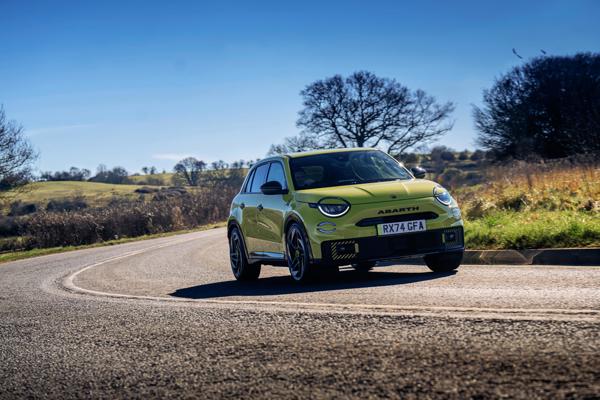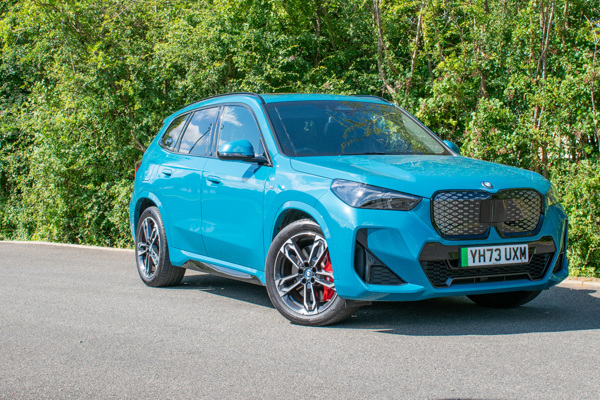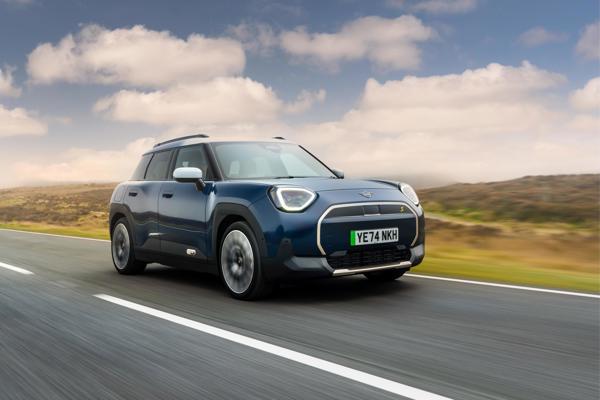Review
The second-generation Niro is 65mm longer, 20mm wider and 10mm taller than its predecessor and comprises three electrified powertrains: hybrid, plug-in hybrid and fully electric. All three variants are available in ‘2’, ‘3’ or highly specified ‘4’ grades, with a price rise of £2,750 between each trim level for all three models.
We were able to test all three around Frankfurt, Germany, on routes that included long stretches of motorways and also sections of winding roads that took us through quaint towns and villages.
First up was the hybrid electric (HEV) which sounded quite strained with the the 1.6-litre petrol engine matched to a 32kW electric motor having to work hard on uphill sections. On long motorway stretches, though, the drive was much more relaxed.
For company drivers not yet ready to commit to full electric – those who can’t charge at home for example – the next best option is the more powerful PHEV, which offers an electric range of 40 miles and was much more responsive, offering very little to complain about. If a large boot space is critical to your family life or job function then bear in mind the PHEV offers 348 litres of capacity, compared with 451 for the other two.
We saved the best till last: the fully electric version, which will account for around 60% of total sales. It is great fun to drive with brisk acceleration (offering 203PS) and excellent comfort levels. It offers an impressive 285-mile range and rapid top-up charging – from 10 to 80% takes as little as 45 minutes.
In winter, charge times are shortened, and battery performance optimised as the car uses navigation-based conditioning to pre-heat the battery when a charge point is selected as a destination. Clever!
Low BIK rates at 2% mean a 40% taxpayer will pay just £25 a month to drive one. The Niro is a stylish car with an interior made from a higher proportion of sustainable and recycled materials. There are lots of classy finishes and clever
little designs, and all variants offer plenty of room for driver and passengers and ample storage space.
The controls inside all models are intuitive to use, and working your way around the various functions on the infotainment system is straightforward.
Pricing for the Niro Hybrid ‘2’ starts from £27,745, rising to £30,495 for ‘3’ and £33,245 for the ‘4’ grade. Niro Plug-in Hybrid models are priced from £32,775 for the ‘2’ grade, £35,525 for the ‘3’, and £38,275 for top-spec ‘4’ model.
The popular Niro EV starts from £34,995 for the base ‘2’ model, £37,745 for the mid-range ‘3’ grade, and rises to £40,495 for the ‘4’ model.
All models are available in a choice of eight colours, with premium paint options charged at £595. The ‘4’ models are offered with an optional two-tone paint option for £150 when combined with the standard paint, or £745 when combined with premium paint option. This option allows customers to specify the rear pillar in contrasting Steel Grey or Black Pearl, depending on the chosen body colour. It’s not an option I’d favour but that’s down to personal choice.
The Niro EV ‘4’ is also available with an exclusive lighter grey interior, Steel Grey body cladding, and White Pearl paint for £745 over the £40,495 base price.
The Niro comes with an impressive list of standard equipment, including an eight-inch touchscreen with DAB radio, Apple CarPlay and android auto, 16-inch alloy wheels, LED headlamps, a reversing camera and adaptive cruise control.
When we move up to the mid-range ‘3’ there are 18-inch alloy wheels, heated front seats and steering wheel, reclining rear seats, wireless phone charging and an advanced 10-inch touchscreen with built-in sat-nav.
For the top-of-the-range model, equipment levels include a 10.25-inch digital instrument cluster, complete with projected head up display, artificial leather upholstery, heated and ventilated front seats, panoramic sunroof, heated rear seats and an automated tailgate.
Kia UK CEO and president Paul Philpott told Fleet News: “Alongside Sportage and Ceed, the Niro is an important fleet car for us. It’s a centrepiece for our progressive electrification strategy, which is central to our fleet strategy. EV and PHEV will both prove popular with fleets.
“The PHEV gives those people who don’t yet have confidence in the charging infrastructure for longer journeys an opportunity to get into electrification without being wholly reliant on it. And, of course, there are attractive tax benefits.”
Specification shown for Kia Niro Electric 3.
Mike Roberts returned to Fleet News in 2021 having previously been its news editor in the early 2000s.
He is now managing editor for Fleet News, AM and Rail in the Bauer B2B portfolio. Prior to this he was managing editor of Fleet News' sister-title Smart Transport.
Mike started his career in local newspapers in the 1990s and has since worked on several specialist titles, both in print and online.

Specs
| Manufacturer | Kia |
| Model | Niro |
| Specification | Niro SUV 5Dr 0.0Electric 64.8kWh 201 3 Auto 23MY |
| Model Year | 0.00 |
| Annual VED (Road tax) | £0 |
| BIK List Price | £39,490 |
| CO2 | N/A |
| BIK Percentage | 2% |
| Insurance Group | N/A |
| CC | N/A |
| Fuel Type | Electric |
| Vehicle Type | SUV and Crossover |
| Luggage capacity (Seats up) | 5litres |
Running Costs
| P11D | £39,490 |
| Insurance group | N/A |
| Fuel Type | Electric |
| Cost per mile | 71.67ppm |
| Fuel | 6.80ppm |
| Depreciation | 63.58ppm |
| Service maintenance and repair | 1.29ppm |
Rivals
Info at a glance
-
P11D Price
£39,490
-
MPG
N/A -
CO2 Emissions
N/A -
BIK %
2% -
Running cost
3 Year 60k : N/A 4 Year 80k : N/A -
Fuel Type
Electric































